As work on my Part 103 List continues, I have reached out to producers of the lightest, most affordable airplanes you can buy. The list is now 54 producers and yet I am aware more may show up to be counted. That’s good. More choice in affordable airplane benefits pilot consumers.
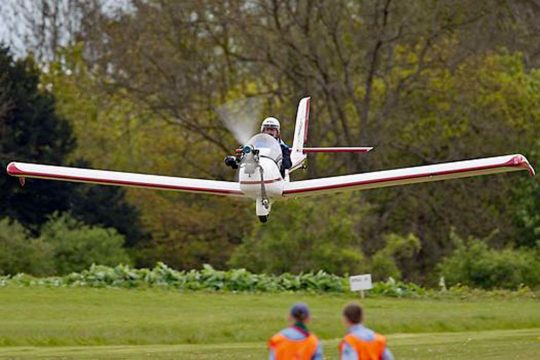
Viera landing at Popham, UK
In 2020, the most-read articles appearing on this website were about affordable aircraft — updates describing FAA’s new regulation for Light-Sport Aircraft were also popular.
After a decade or more when many pilots believed Part 103 ultralights had all but disappeared, I am delighted to say those people were simply wrong. Part 103 is very alive and well, perhaps healthier than at any time since the category was created in fall of 1982. The volume of people visiting this website — up more than 50% in 2020 — and a majority of those visitors choosing to read about 103s provide numerical proof that interest in these aircraft is large and growing.
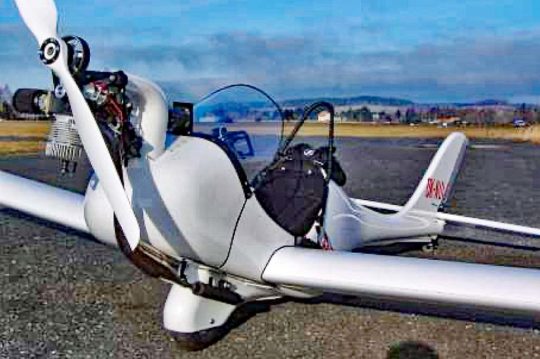
FYI: Here’s my article and video about eGull plus Legal Eagle articles and video.
Flying Future Vehicles
If you are well-read in light aircraft, you may recognize the name Marek Ivanov. “It sounds so familiar. Why?” you might ask. Actually this man is a very important figure from the Czech Republic where he has been involved with many airplanes you know. His Future Vehicles website shows an impressive flow of airplane photos, many of which you will recognize and all of which have Marek’s fingerprints on them He didn’t design all these but he contributed his engineering skills to their development. Go here to see the long list of light aircraft on which Marek has worked.
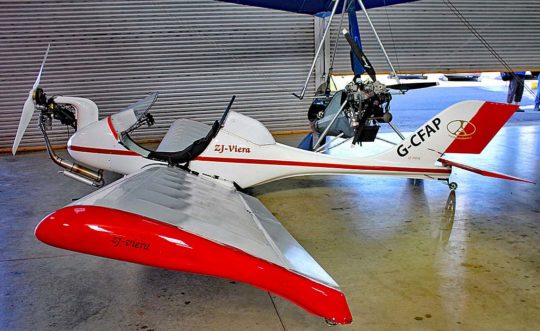
“I have still in production Viera and Desire airplanes,” Marek confirmed just before Christmas 2020.
Viera, Desire, Skyboy,
Sparrow, and more
“I think you know Viera was produced by the Interplane company,” he recalled. Yes, I did know this. For those who may have forgotten, Interplane was the company behind the once-popular Skyboy. Here is my full-length pilot report on the aircraft from 2004.
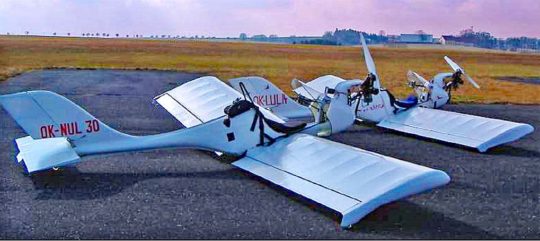
After American Interplane owner Ralph Mandarino retired more than a decade back, Marek said, “I produced Viera in my company, IvanovAero. In 2018, Marek transferred all activities to his new company, Future Vehicles.
“I’m still offering those airplanes and we have all tools for Viera and we are ready to build it, but honestly, we haven’t sold any for a long time,” Marek admitted. “Usually, all sales were stopped due to transport costs. It is a light and relatively cheap airplane but it requires a 20 foot shipping container for transport to America. Of course, we can load five Vieras to the container, but I was not able to convince customers to buy five instead of one to reduce transport costs.” Indeed, today, no one represents Viera in the USA but given the modern intensity of interest in Part 103, that could change.
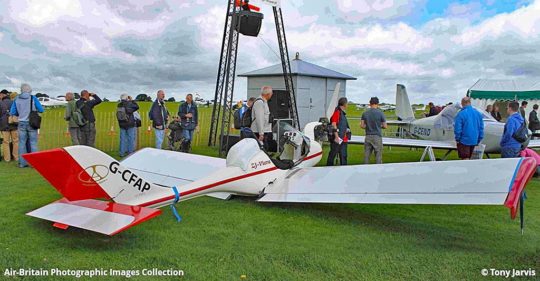
Although Americans are less familiar with monowheel-equipped aircraft, this construction is commonly used on sailplane gliders, part of their never-ending mission to reduce drag. As do many Europe-trained aeronautical engineers, Marek has experience in sailplanes. Monowheels can be particularly good for off-field landings — for which sailplanes need always to be prepared should they lose sustaining lift and have to make an out-landing. Also, in Europe, where airports commonly charge for each and every landing (imagine that, you lucky Americans!), an aircraft that does not demand a registered airport can save a lot of money.
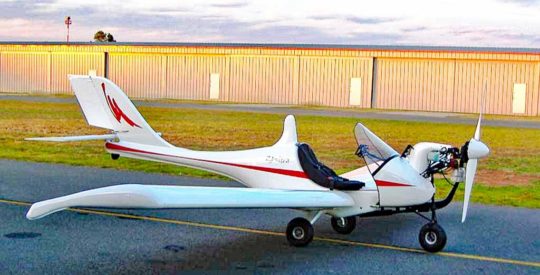
Marek is indeed a busy fellow. He is also the man behind a two-seat 912-powered aircraft called Sparrow. If I’m fortunate enough to get to Aero Friedrichshafen 2021, I hope to see more of Marek’s work and perhaps to interview him.
Here is Marek’s video of his Desire design. Enjoy!
Part 103 List Rules
To be included in the coming Part 103 List, all aircraft must meet these four rules:
1️⃣ Current production aircraft only. If an aircraft is not actively being sold today, I will not include it, however, I have listed some “in development” models as they are from known producers who have made Part 103 aircraft before. Multicopter designs will notbe included as none have entered the market to-date.
2️⃣ An aircraft must be able to qualify for Part 103 according to FAA’s Advisory Circular AC-103-7. This can include a kit-built Part 103 aircraft that a buyer may register in Experimental class so long as it can genuinely comply with Part 103 parameters. Part 103 Ultralights built from plans will also be included.
3️⃣ Powered, wheeled aircraft in these configurations: fixed wing, weight shift trike, powered parachute, gyroplane, motorglider, or paraglider with wheeled carriage.
4️⃣ No one-off, custom designs or aircraft still in an early development phase. I only want aircraft that a customer can buy for delivery within the next 12 months.


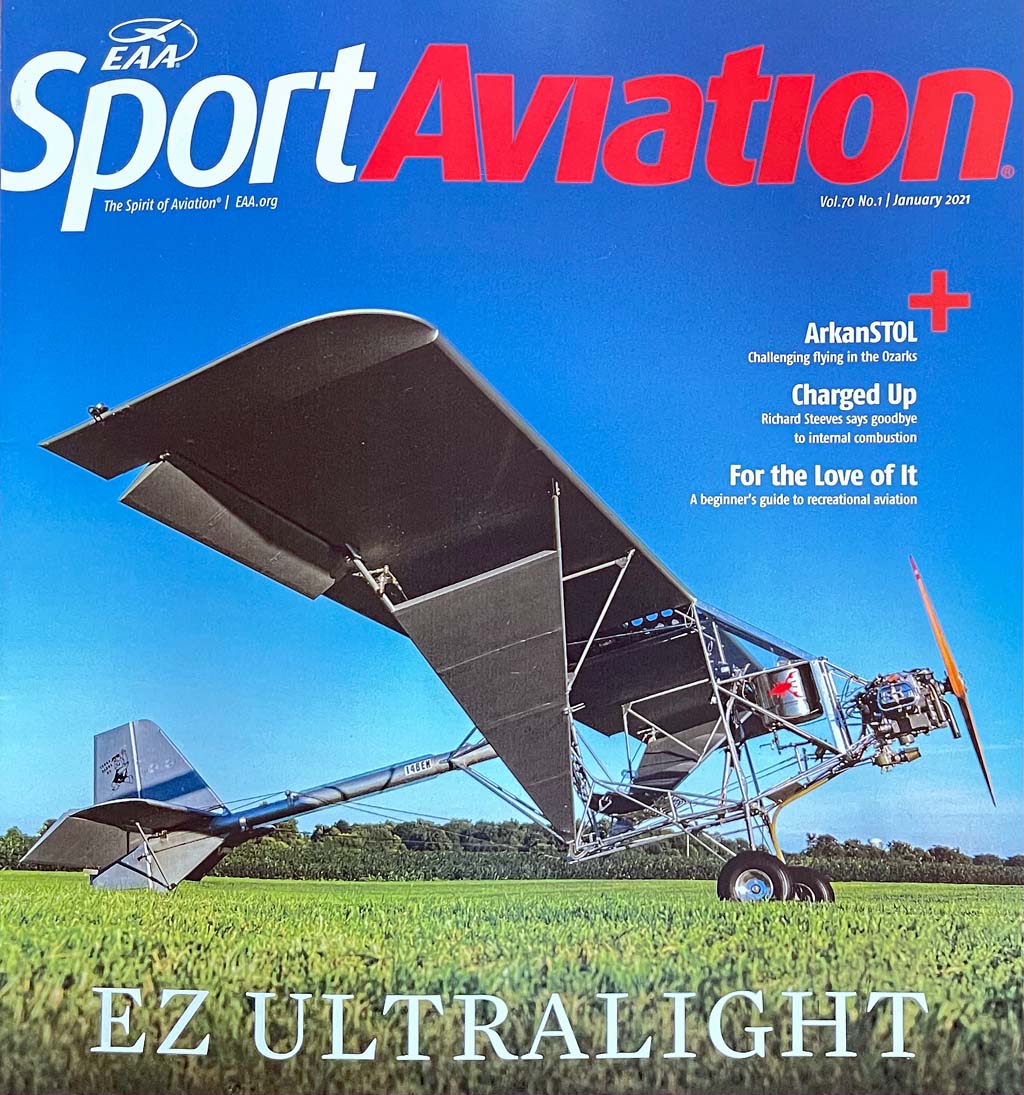
The power packs of the future will not be heavy batteries. Looking at compressed LPG or hydrogen fuel cells for a better engine performance. Lighter, stronger, and an extended range.
That is a very odd response from the FAA about batteries being considered “baggage”. Personally, I think the FAA should just add the weight of 5 gallons of fuel(about 30lbs) to the weight allowance of an electric powered ultralight.
The typical electric motor, and controller weigh less than a gasoline engine of similar power(now only due to outrunner brushless electric motors) however, the batteries usually weigh more than the 5 gallons of fuel.
I think this is a fair compromise, as brushless electric motor technology will not advance much more for a while, however, batteries will, but the time for that to occur may be many years from now. Laws can always be changed, it would be better for the FAA to just decide, than for those of us designing and building electric ultralights to “gamble” on if they will count the batteries as part of the empty weight of 254lbs or not.
Furthermore, I think it is better for safety reasons to leave the airframe empty weight at 254lbs so those of us designing electric ultralights have the same margin of safety to design our aircraft to be structurally sound and safe to fly, which is the most important point of all.
Your idea may be worthy but is not original. A petitioner formally asked FAA for almost exactly what you suggest, and it was FAA’s legal department’s response that said batteries are not fuel. Many who enjoy Part 103 vehicles believe the last thing we want to have happen is for FAA to reevaluate this 1982 regulation. It’s certainly not perfect but it’s better left alone, according to many enthusiasts.
Dan,
I know of a couple electric powered “air vehicles” which claim to be Part 103 legal. I know for a fact, that with the batteries they exceed the 254 pound weight. Each claims that the air vehicle can be weighed without batteries for the purpose of meeting the 254 pounds limit. Is this true? Of course, no battery pack will equal the energy of 5 gallons of gas and ultralights are weighed with the gas tank empty.
Does there exist an “exeception” for electric powered ultralights?
Ed
Hi Ed: I am aware you are very knowledgeable but this is one of those “fuzzy” understandings. When we spoke to FAA, we brought up the subject that FAA had declined a petition to allow batteries to substitute for fuel in a Part 103 vehicle. FAA’s legal department officially summarized that “batteries” were not “fuel” or “gasoline.” This meant the petitioner was declined but leaves open a yawning questions. We then asked FAA executives, “So, if batteries are not fuel, what are they?” After a surprisingly long, quiet pause, the surprise answer was, “Well, they are baggage, I suppose.” If they are “baggage,” then they cannot count as empty weight. Of course, this is not an “official” or final answer and we continue to ponder ways to resolve this confusion.
So, in answer to your question, NO, an exemption does not exist, yet using batteries and the calculation of their weight relative to empty airframe weight is not clear either. We discussed a “waiver” but in all the effort to coordinate industry’s responses to the upcoming LSA regulation change, we chose not to muddy the water about electric ultralights. We may revisit this in the future.
These look like the Javelin aircraft of the older days, more than anything else.. As always there are very few ”new” ideas on aircraft design. After all everything in general need the 4 requirements.